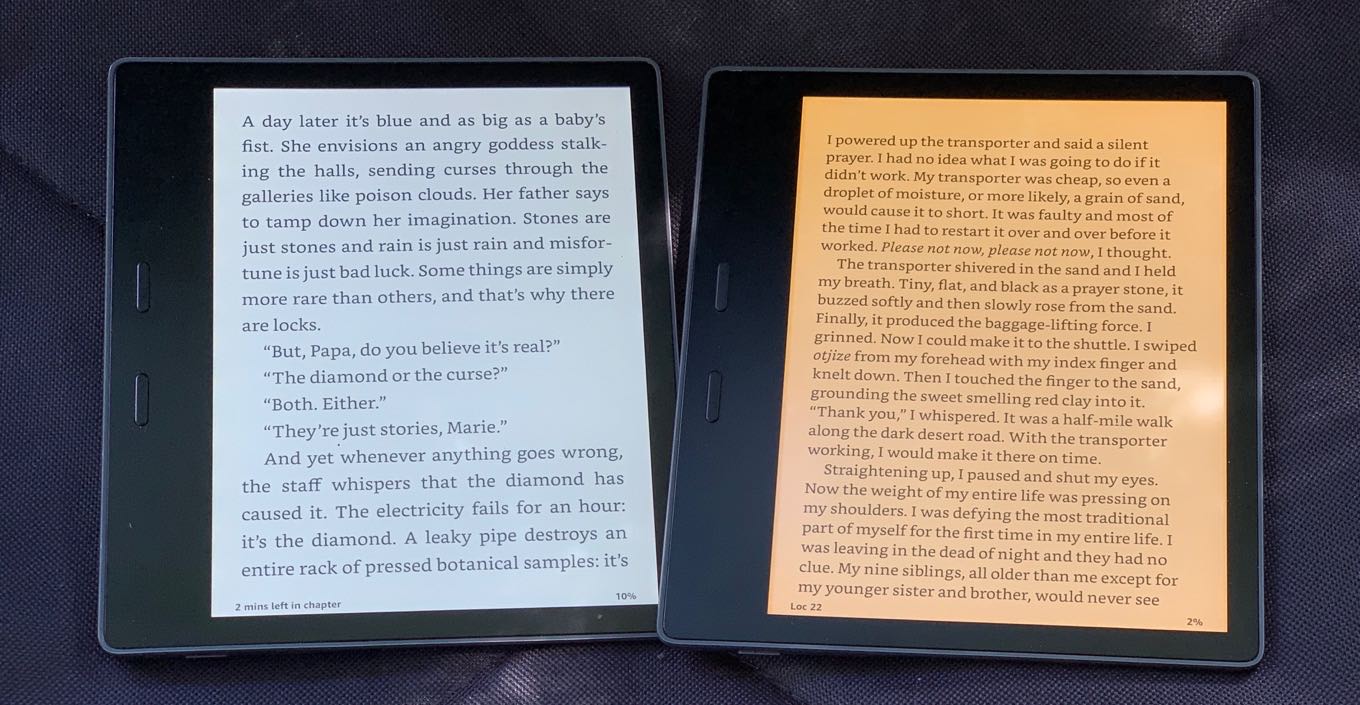
You'll be asked to confirm, and you'll be told that you document will lose some formatting. Under "Save as Type" select Web Page, Filtered, as here: This isn't as complicated as it sounds it simply involves saving your document as a different file format. Upload to Kindle Step 1: Save as Filtered htmlįor Amazon to convert your ebook to the Kindle format, you have to upload your book as filtered html. I find remembering the second option keeps me in the flow of writing. Alternatively, you can hold down the Control key, and hit enter. In the main menu, you can select Insert>Break, then choose the option to insert a page break. Second, when you start a new chapter, insert a pagebreak. For your body text, use the Normal style. That is, for chapter headings, section headings, and sub-section headings, use headings 1, 2 and 3. Now the hard work of writing begins! From a formatting perspective, while you're writing you must remember two things.įirst, only use the formatting styles you've already set up. In the Styles and Formatting menu, click the down arrow beside Normal, then select your font. However, if you'd like to choose your own font, do it now. In the form next to the drop down menu, type a value of 1.2, as here: Step 4: Choose Your Standard FontĪs with the headings, you can leave the font for your body text at the default setting. Under the Spacing menu, look for the Line spacing option, and select Multiple in the drop down menu. To set this up, go to the Modify menu for the Normal style, as in Step 2.

For a good reading experience on Kindle, a line spacing of around 120% is ideal. In the form next to the drop down menu, type a value of 0.5 inches, or 1.27 cm, as here: Step 3: Choose Your Line Spacingĭifferent versions of Word come with different default settings for line spacing. Under the Indentation menu, look for the Special option, and select First Line in the drop down menu. In the Styles and Formatting menu click the down arrow beside Normal, then select Modify, as here: Instead, set up your indents ahead of time. Doing this manually for a whole book takes a lot of time and effort. To give your readers the best possible reading experience on the Kindle, you should indent all your paragraphs. For consistency, it's best to choose the same font in progressively smaller sizes for Headings 1, 2 and 3.

You'll be given a menu where you can select your font of choice for the headings. Click the down arrow beside each heading title, then click Modify, as here: In Word, bring up the Styles and Formatting menu in Format>Styles and Formatting. If you'd like your headings to display in a font other than Arial on the Kindle Fire, it's easiest to choose your font now. However, the Kindle Fire, which is the tablet Kindle, there are a range of font options. For standard ereader Kindles, Amazon converts the headings into a standard Kindle font, so from that perspective it's perfectly okay to leave the font as Arial. You can leave this as the default setting if you like, which in Word 2003 is the Arial font in various sizes.

To include headings in your book, you must use the headings provided in Word, namely: The most easy to read books are well-structured with chapters and sub-headings. If you create headings yourself by bolding text or changing the font size, you'll end up with a mess on the Kindle.įor those who've already written their book, don't panic! Just apply the proper formatting structure now. You do this using the Styles and Formatting options in Word to tell Kindle how you want it to display your ebook.įor your ebook to display correctly on the Kindle, you must format your document using the Styles and Formatting settings. You'll save yourself a ton of work and formatting headaches if you set up your formatting before you start writing. To complete this tutorial, you will need a laptop computer plus: If you have formatting errors in your book, readers will assume your work is below par in all areas of your business, no matter how good the content of your book is. Having your book properly formatted is essential. It's a little more complicated than using Scrivener, but nothing to be intimidated by.
#Justify kindle web reader how to
In this tutorial, I'll show you how to format your eBook using Microsoft Word, plus free online tools provided by Amazon. Or perhaps you've already written your ebook, and just want to know how to format it ready for Kindle publishing. Maybe you don't have the cash to splash on yet another piece of writing software. Scrivener makes everything easy, from composing a draft, to giving your book a structure, to exporting your final manuscript as a Kindle compatible ebook.īut Scrivener's not for everyone. They're also good lead generators, as people who read your ebook are likely to need your services.Īsk me the easiest way to write and format an ebook, and I'll point you to Scrivener. Planning to write an ebook? Good job! Ebooks are a fantastic way for freelancers to demonstrate their expertise.


 0 kommentar(er)
0 kommentar(er)
